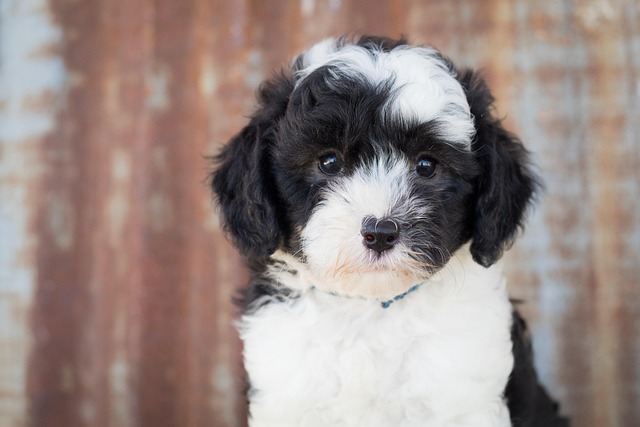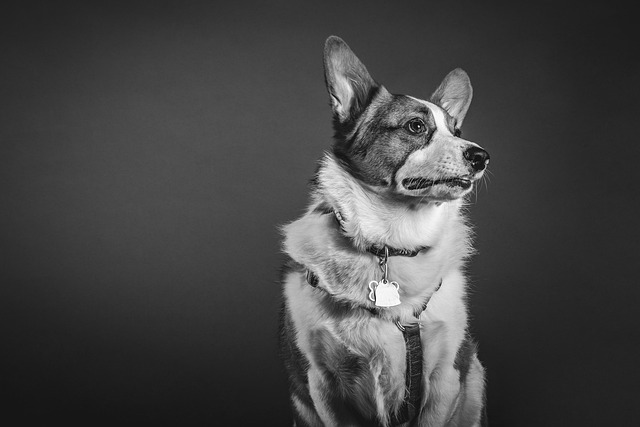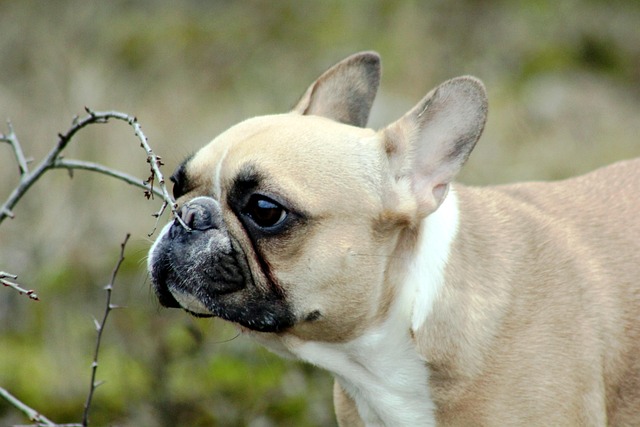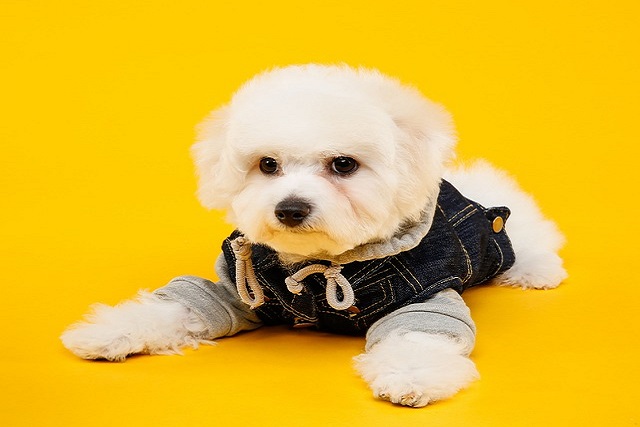
How does CBD affect puppies
Imagine you’re a new puppy parent in New York City, scrolling through social media while your 12-week-old golden retriever pup, Milo, chews on a shoe.
Walking your dog shouldn't leave you wondering whether their paws need extra protection, yet many pet owners across America find themselves asking this exact question. The truth is, your dog's paws endure far more than you might realize, and understanding proper dog paw care can make the difference between healthy, comfortable walks and painful, cracked paw pads that require veterinary attention.
Living in America means your furry companion faces diverse environmental challenges depending on your location. From the scorching summer sidewalks of Phoenix to the salt-laden winter streets of Chicago, each season brings unique threats to your dog's paw health. Actually, most veterinarians agree that proactive paw care isn't just beneficial—it's essential for maintaining your pet's overall well-being and mobility.
The reality is that dogs' paw pads, while naturally tough, aren't invincible. Think of them as specialized skin that needs attention, much like how you'd care for your own hands after exposure to harsh conditions. Understanding when and what to apply to your dog's paws starts with recognizing the environmental hazards they face daily.
Winter presents perhaps the most obvious challenge for dog paw care. Salt and chemical de-icers used on American roads and sidewalks can cause severe irritation, cracking, and even chemical burns on sensitive paw pads. These substances don't just create immediate discomfort—they can lead to long-term damage if left untreated. Ice formations between toes can also cause cuts and frostbite-like injuries, making protecting dog paws from ice a crucial winter priority.
However, summer brings its own set of problems that many owners overlook. Protecting dog paws from hot pavement becomes critical when temperatures soar above 85°F. Asphalt can reach temperatures exceeding 140°F, hot enough to cause serious burns within seconds. A simple test involves placing the back of your hand on the pavement for seven seconds—if it's too hot for you, it's definitely too hot for your dog's paws.
Beyond temperature extremes, everyday surfaces present ongoing challenges. Rough concrete, gravel, and even treated grass can gradually wear down paw pads, creating micro-abrasions that leave paws vulnerable to infection. Additionally, lawn chemicals, fertilizers, and pesticides commonly used in American neighborhoods can irritate or poison dogs through paw contact.
This is where paw balm for dogs becomes invaluable. Quality paw balms create a protective barrier that shields paw pads from environmental hazards while providing essential moisture to prevent cracking. The best paw balms for dogs contain natural ingredients like beeswax, coconut oil, and shea butter, which offer both protection and healing properties.
Paw balm works by forming a semi-permeable barrier that allows paws to breathe while blocking harmful substances. During winter months, applying paw balm for dogs in winter creates a protective layer that prevents salt and chemicals from directly contacting the skin. The balm also helps maintain moisture in the paw pads, preventing the painful cracks that often develop in cold, dry conditions.
For summer protection, paw balm acts as a heat-resistant barrier that reduces the impact of hot surfaces. While it won't make your dog immune to burning pavement, it provides crucial extra protection during brief exposure periods. The moisturizing properties also help repair any minor damage from rough surfaces or heat exposure.
Despite the clear benefits, several myths persist about paw care that deserve addressing. Some owners believe that applying anything to dogs' paws is unnatural or harmful, assuming that wild animals manage without human intervention. However, domestic dogs face environmental challenges that their wild counterparts rarely encounter—like walking on chemically treated surfaces or navigating urban heat islands.
Another common misconception suggests that paw balm makes dogs slip or affects their natural grip. Quality paw balms are designed to absorb into the paw pads rather than leaving a greasy residue. When applied correctly, they actually improve paw health and traction by keeping pads supple and properly hydrated.
Some pet owners worry that dogs will lick off applied balm, making it ineffective or potentially harmful. While dogs may initially lick treated paws, choosing balms made with pet-safe ingredients eliminates safety concerns. The key is selecting products specifically formulated for dogs rather than using human moisturizers, which may contain ingredients toxic to pets.
Climate-specific paw care tips vary significantly across American regions. In northern states where winter temperatures regularly drop below freezing, consistent paw balm application becomes essential from November through March. Dog paw care tips for salt exposure include applying balm before walks and rinsing paws afterward to remove residual chemicals.
Desert climates require different strategies focused on heat protection. In places like Arizona and Nevada, early morning and evening walks help avoid peak heat, while midday outings may require protective booties in addition to paw balm. Southern states with high humidity need special attention to prevent fungal infections between toes, making regular paw cleaning and thorough drying crucial.
Coastal regions present unique challenges with salt water and sand exposure. While ocean water can be naturally healing for minor cuts, extended exposure to salt water and abrasive sand requires post-beach paw care including thorough rinsing and balm application.
Proper paw balm application technique ensures maximum effectiveness while maintaining your dog's comfort. Start by cleaning the paws with warm water and a mild, pet-safe cleanser to remove dirt and debris. Dry thoroughly, paying special attention to the spaces between toes where moisture can lead to fungal growth.
Apply a thin layer of balm to the paw pads, focusing on the main weight-bearing areas. Avoid getting balm between the toes unless specifically treating irritation in those areas. Gently massage the balm into the pads using circular motions, which helps with absorption and provides a pleasant bonding experience for you and your dog.
Timing matters significantly. For protective purposes, apply balm 15-30 minutes before walks to allow proper absorption. For healing existing damage, bedtime application works best since dogs are less likely to lick their paws while sleeping. During harsh weather conditions, daily application may be necessary, while mild conditions might require treatment only 2-3 times per week.
Choosing the right product involves reading ingredient lists carefully. Look for balms containing natural waxes like beeswax or candelilla wax for protection, combined with moisturizing oils such as coconut, olive, or jojoba oil. Avoid products containing artificial fragrances, parabens, or other chemicals that might irritate sensitive paw skin.
Some dogs initially resist paw handling, making gradual introduction important. Start with brief, positive interactions involving treats and praise. Handle paws regularly during calm moments to normalize the experience before introducing balm application. This approach helps prevent stress and makes necessary paw care much easier long-term.
Regular paw inspection should accompany any care routine. Look for cuts, cracks, swelling, or foreign objects like thorns or glass. Check between toes for signs of irritation or infection. Early detection of problems allows for prompt treatment and prevents minor issues from becoming serious health concerns.
Professional veterinary consultation becomes necessary when paw problems persist despite proper care. Signs requiring immediate attention include bleeding, severe swelling, persistent limping, or signs of infection like discharge or foul odor. Your veterinarian can recommend specific treatments and may suggest prescription-strength paw care products for serious conditions.
The investment in proper dog paw care pays dividends in your pet's comfort, health, and quality of life. Healthy paws mean pain-free walks, better mobility as dogs age, and reduced veterinary expenses from preventable injuries. Most importantly, attentive paw care demonstrates the comprehensive love and responsibility that comes with pet ownership.
Understanding that dog paw care is an essential aspect of responsible pet ownership empowers you to make informed decisions about your dog's health. Whether you're dealing with harsh winter conditions, scorching summer heat, or everyday environmental challenges, proper paw protection and care ensure your faithful companion can enjoy comfortable, healthy walks for years to come. Remember, when in doubt about your dog's paw health, consulting with your veterinarian provides personalized guidance tailored to your pet's specific needs and your local environmental conditions.

Imagine you’re a new puppy parent in New York City, scrolling through social media while your 12-week-old golden retriever pup, Milo, chews on a shoe.

Picture this: your Labrador, Luna, just delivered six squirming puppies in your Chicago apartment. Overwhelmed by their tiny whimpers

Nothing breaks your heart faster than seeing your usually energetic pup curled up, refusing treats and whining in discomfort.

Finding a thin layer of short dog hair on your couch, clothes, and even in your morning coffee can be frustrating. While shedding is a natural process for dogs, there are ways to minimize it and keep your home a bit more fur-free.

Imagine coming home to your Boston apartment after a quick errand to find your 1-year-old rescue mutt, Milo, has chewed through your favorite sneakers and left a puddle by the door

You’ve just received a noise complaint from your Brooklyn apartment neighbor: your rescue Lab, Charlie, howled relentlessly for two hours after you left.